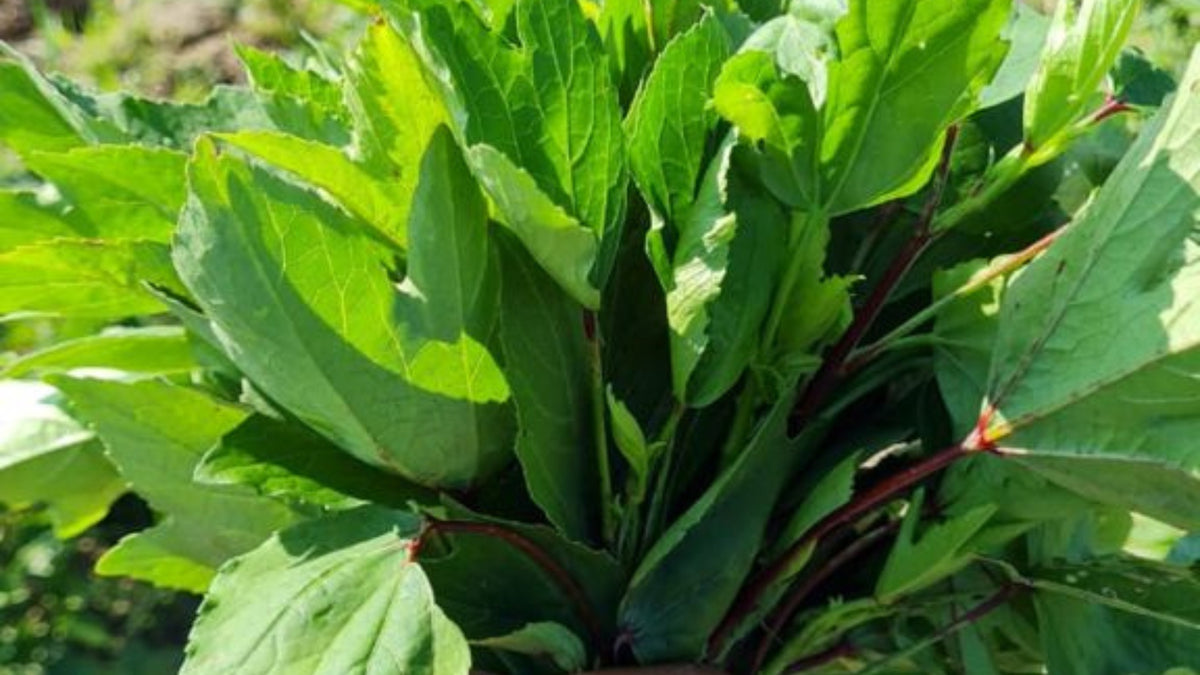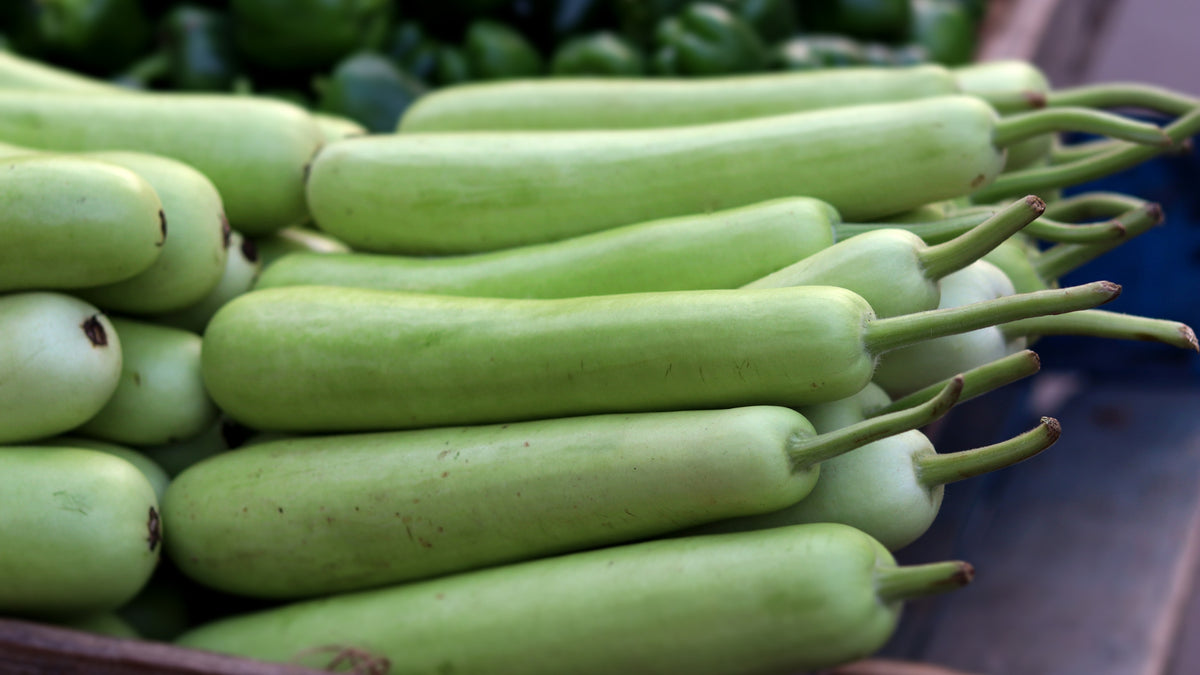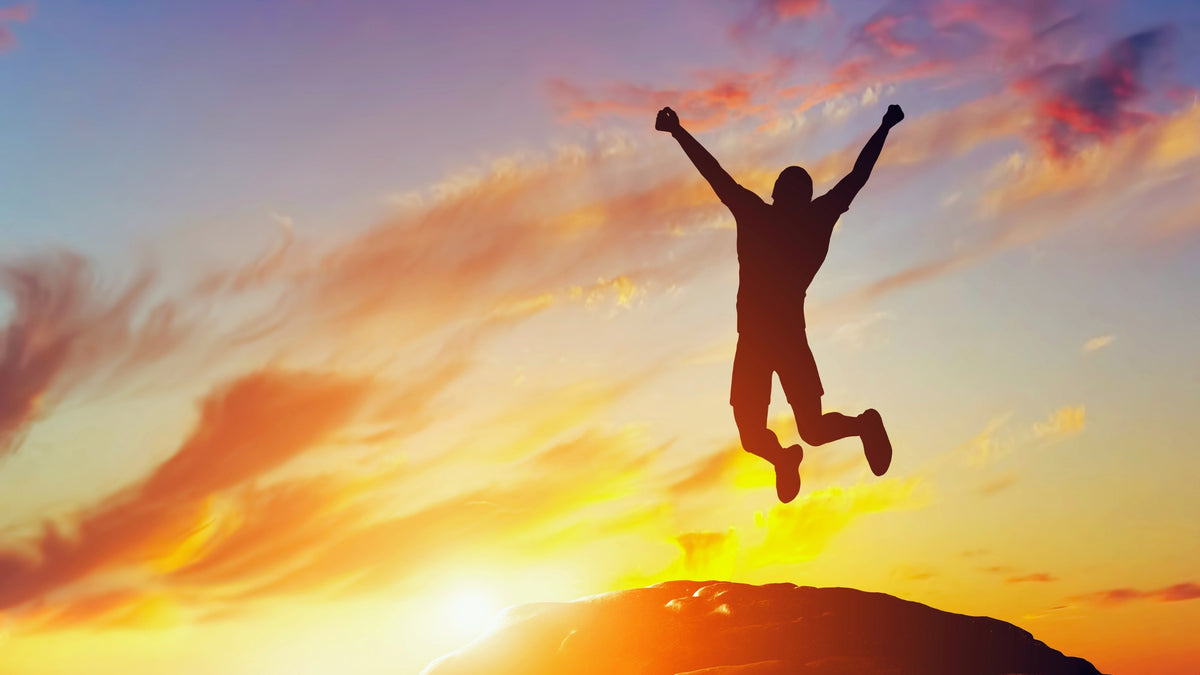
Healing Tools for Joint Pain

Osteoarthritis is a the most common type of arthritis. Mainly affecting the knees, hips, spine, feet and hands, osteoarthritis can lead to chronic, debilitating pain and possibly crippling.
In Ayurveda, there is a joint pain disorder called Sandhigata vata. When vata is aggravated along with the accumulation of toxins, it weakens and degrades the joints and the synovial fluid in the joint capsule is lost. When the synovial fluid is lost there is no lubrication between the bones.
Excess vata is also responsible for the development of bone degeneration which may cause pain, swelling and inflammation. Symptoms include joint pain and stiffness, crackling noises when you move, localized tenderness, swelling and inflammation.
Ayurveda has the tools we need to identify the root cause of cause of Sandhigata vata and to stop its further development. Ayurveda makes all efforts to identify the root cause rather than just placate the symptoms.
If you are willing to make changes to your diet and lifestyle, a consultation with an Ayurvedic practitioner will give you the guidance you need to begin your path to healing. Your practitioner can determine your imbalance and make individualized suggestions for improving your lifestyle and diet to bring you the most support.
Additionally, there are many therapies to support the joints and provide pain relief such as Ayurvedic oil massage, marma therapy and heat therapy.
Let’s look at some things you can do to prevent Sandhigata vata.
- In general, Sandhigata vata is the result of too much vata. Lifestyle changes include avoiding anything excessive, whether it is working too hard, exercising too strenuously, too much screen time, or having an irregular schedule. Keep warm and avoid being out in the cold or wind.
- Meditation is one of the best things you can add into your life. Meditation reduces stress, relaxes the nervous system, and helps you enjoy life. Mindfulness meditation is a good place to start!
- If you have Sandhigata vata, it is likely that you have impaired digestion. In Ayurveda, poor digestion is considered the root cause of all disease. Your Ayurvedic practitioner can determine what you can do to bring your digestion to a healthy balance. It is best to eat food which will support your digestion and decrease vata. Favor foods which are warm and simple to digest. Avoid foods that are dry, cold, and light, as well as frozen, leftover, or processed food.
- Abhyanga: Giving yourself a warm oil massage several times a week is one of the best treatments for Sandhigata vata as it is fantastic for reducing vata, bringing calmness into your life and nourishing your tissues.
Kottakkal Products for Sandhigata vata
Maha Narayana Oil balances vata dosha, the main herbs are dasamula and shatavari juice. This is an extremely popular oil and is useful for vata related disorders relating to all types of weakness.
Kshirabala Oil balances both vata and pitta dosha, supports and nourishes vata and pitta disorders related to the muscles, bones, nerves, and joints, and is especially a nervine tonic.
Maha Bala Oil balances vata, the main herb bala mula nourishes and supports male and female reproductive health, postdelivery care, and nourishes weak bones, muscles and nerves.
Disclaimer: These statements have not been evaluated by the Food and Drug Administration. Kottakkal Ayurveda products and this information is not intended for use in the diagnosis, treatment, cure, or prevention of any disease. If you have serious, acute, or chronic health problems, please consult a trained health professional. If you are seeking the medical advice of a trained Ayurvedic practitioner or doctor, call (800) 215-9934 or email us at contact@kottakkal.shop and we will provide you with one of our affiliated Ayurvedic professionals. Check with your doctor before taking herbs when pregnant or nursing.
Also in Healing with Kottakkal Ayurveda

Food is Medicine - Organic Gongura Leaf
Gongura, often referred to as Indian sorrel, is a leafy green vegetable packed with an array of health benefits. This vibrant green is a treasure trove of essential vitamins, minerals, and antioxidants.

Food Is Medicine - Organic Bottle Gourd

Boosting Energy and Rejuvenation with Narasimha Rasayana
Narasimha Rasayanam is an herbal jam formulated with base ingredients of butter, honey, and milk. This time-tested remedy is believed to promote balance within the body's three doshas, vata, pitta, and kapha and supports a range of health concerns. From supporting physical strength and hair health to promoting rejuvenation and cognitive function, Narasimha Rasayanam offers a multifaceted approach to well-being.


Janet Shivani Chase
Janet Shivani Chase has studied and practiced Ayurveda and Yoga for more than 30 years. She attended the Ayurvedic Institute, where she will be forever grateful to her teachers, especially Dr. Vasant Lad and Dr. David Frawley. A NAMA-certified Ayurvedic practitioner, Licensed Massage Therapist, and a Licensed Educator, Shivani is the founder of Balanced Life Ayurveda where she works with clients by phone and in person to improve their health and well-being through education, consultations, and treatments.